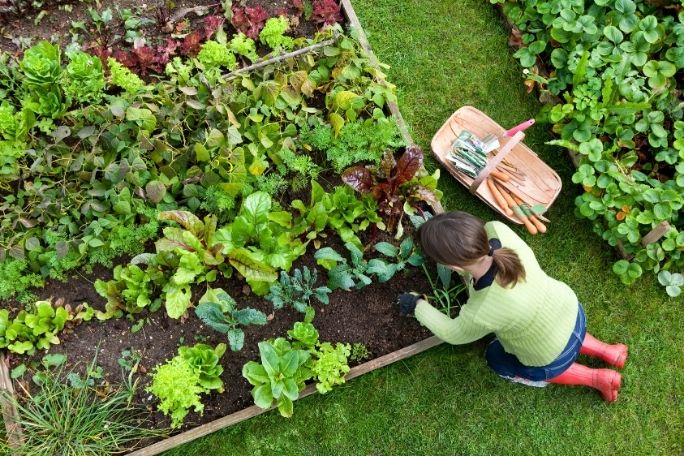Lesson summary
In this lesson, students will explore the ethics and principles of permaculture. They will begin by looking at how permaculture evolved to address some of the environmental and social challenges of conventional agriculture. Students then work to create a Venn diagram that incorporates the ethics and principles of permaculture, after which they will work in groups to investigate one principle in depth. They will then share their knowledge of this principle with the class. Although this lesson can be taught by itself, it also forms the first part in a unit of 6 lessons that can be delivered in sequence to take your students through a complete permaculture project design process.
Learning intentions:
Students will...
- know about the principles of permaculture
- understand how ethics relate to permaculture
- understand how permaculture differs from conventional forms of agriculture
Success criteria:
Students can...
- describe the principles of permaculture
- relate information on a Venn diagram to permaculture design
- work collaboratively to explore the twelve permaculture principles
- engage in class discussions and provide feedback for their peers
Lesson guides and printables
Curriculum links
Select your curriculum from the options below.
Lesson details
Curriculum mapping
Australian curriculum content descriptions:
Year 7 & 8 Design and Technologies:
- Analyse how food and fibre are produced when designing managed environments and how these can become more sustainable (ACTDEK032)
- Investigate the ways in which products, services and environments evolve locally, regionally and globally and how competing factors including social, ethical and sustainability considerations are prioritised in the development of technologies and designed solutions for preferred futures (ACTDEK029)
Year 9 & 10 Design and Technologies:
- Critically analyse factors, including social, ethical and sustainability considerations, that impact on designed solutions for global preferred futures and the complex design and production processes involved (ACTDEK040)
- Investigate and make judgments on the ethical and sustainable production and marketing of food and fibre (ACTDEK044)
Syllabus outcomes: D&T5.3.1, D&T5.3.2, D&T5.3.2 and SC4-13ES, T4.1.2, T4.1.3, T4.4.1, T4.6.2
General capabilities: Critical and Creative Thinking, Ethical Understanding
Cross-curriculum priority: Sustainability
Relevant parts of Year 7 & 8 achievement standards: Students explain how social, ethical, technical and sustainability considerations influence the design of innovative and enterprising solutions to meet a range of present and future needs. They explain how the features of technologies influence design and production decisions.
Relevant parts of Year 9 & 10 achievement standards: Students explain how people working in design and technologies occupations consider factors that impact on design decisions and the technologies used to produce products, services and environments.
Unit of work: Creative Sustainability – Exploring Permaculture – Design & Technology – Years 7 – 10
Time required: 60 mins
Level of teacher scaffolding: Medium – facilitate class discussion
Resources required
- Students’ workbooks
- Equipment to show a short clip
- Student Worksheet – one copy per student
Skills
- Community engagement
- Creativity
- Critical thinking
- Enterprise
- Ethical understanding
- Global citizenship
- Problem solving
Additional info
Faber-Castell has long understood the importance of creativity to all people, especially to young people. It is also continuously searching for environmentally friendly processes and high-quality materials to enhance children’s creative experience throughout every development phase. For more information about Faber-Castell, click here.


Welcome back!
Don't have an account yet?
Log in with:
Create your free Cool.org account.
Many of our resources are free, with an option to upgrade to Cool+ for premium content.
Already have an account?
Sign up with:
By signing up you accept Cool.org's Terms and Conditions(Opens in new tab) and Privacy Policy(Opens in new tab).